The EU ETS can accelerate the transition to zero carbon shipping.
The EU and liner shipping are working towards a shared objective to minimize total greenhouse gas emissions and reduce the climate impact of shipping. Inclusion of shipping in the EU ETS will encourage shipping’s journey towards decarbonisation and accelerate emission reductions among non-maritime sectors.
The EU is also in a unique position to influence the implementation of global regulations.
EU ETS price signal needs to promote marine energy transition pathways.
Innovation leaders in shipping are eager to build and operate innovative onboard power systems with energy efficient technologies, using renewably derived marine fuels distributed through a sustainable supply network.
An EU ETS emissions pricing policy that is focused only on shipboard emissions - rather than on the full fuel lifecycle emissions - would undermine market incentives to adopt renewably derived fuels.
Methanol, synthetic LNG, ammonia and hydrogen are among the potential green fuels for shipping, all derived through processes that consume energy. Energy for producing fuels can be either green (from renewable sources) or brown (from fossil fuel sources) thus creating brown or green marine fuels. If the EU ETS only considers on-board GHG emissions, brown and green fuels used by ships will get the same treatment even though the full climate impact of brown fuels is significantly worse.
Vessel owners and operators have a shared responsibility to drive GHG reductions.
The EU ETS must engage all parties across the maritime sector. The original Commission text defining ‘company’ and responsible party in both FuelEU Maritime and EU ETS ensures the necessary shared responsibility. Direct responsibility for decisions affecting ship GHG emissions includes
The operator working to efficiently provide transport services using onboard technologies and vessel designs, and
The shipowner who determines the onboard technology available and defines the range of fuels and fuel quality allowed.
Modification to exclude technology providers and shipowners is unnecessary and unhelpful. A pass-through mechanism, entitlement, or binding clause would break the fundamental purpose of the EU ETS signal, risking delayed investments needed for shipping to meet GHG targets.
Promote competition, avoid GHG leakage, enable IMO agreements.
Effective regional climate policies need to work as enablers of – rather than barriers to – global agreements to achieve GHG reduction goals. The EU is in a unique position to influence the creation of global regulations to achieve global decarbonisation of shipping.
All EU Green Deal goals for the European economy and for GHG reduction targets can be achieved without applying extra-territorial compliance requirements in EU ETS. A regional policy design, based on intra-EU voyages, reduces the risk of GHG leakage and maintains the global competitiveness of EU ports. An intra-EU scope would:
Minimize the potential for carbon leakages that would undermine EU Green Deal goals
Strengthen economic incentives for climate action
Position the EU as frontrunners with the ability to drive global policy through the IMO to reduce shipping’s greenhouse gas emissions internationally.
Enhance Member State competitiveness internationally.
Maintain coherence with the necessary supply side requirements for production and distribution of low-carbon marine fuels proposed in the Renewable Energy Directive (RED) and Alternative Fuels Infrastructure Directive (AFIR).
